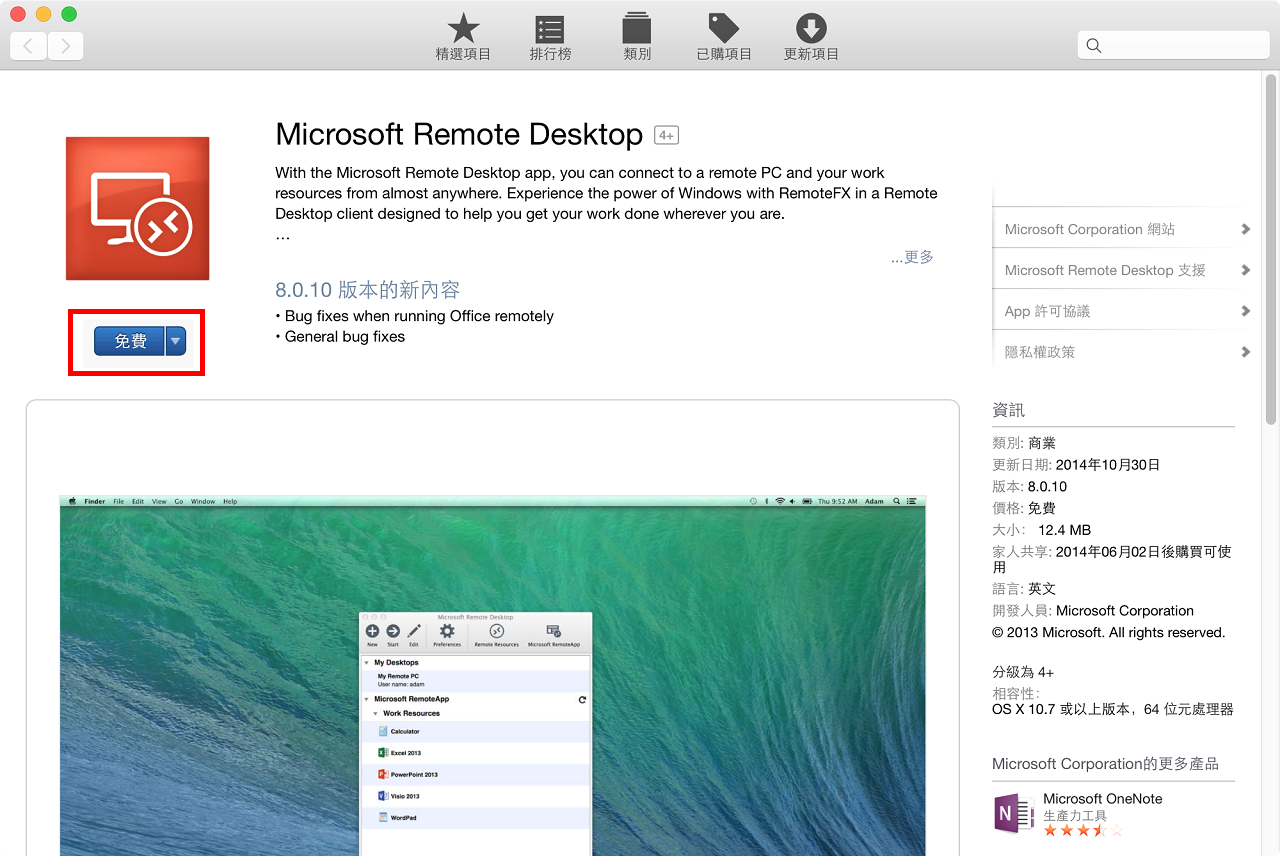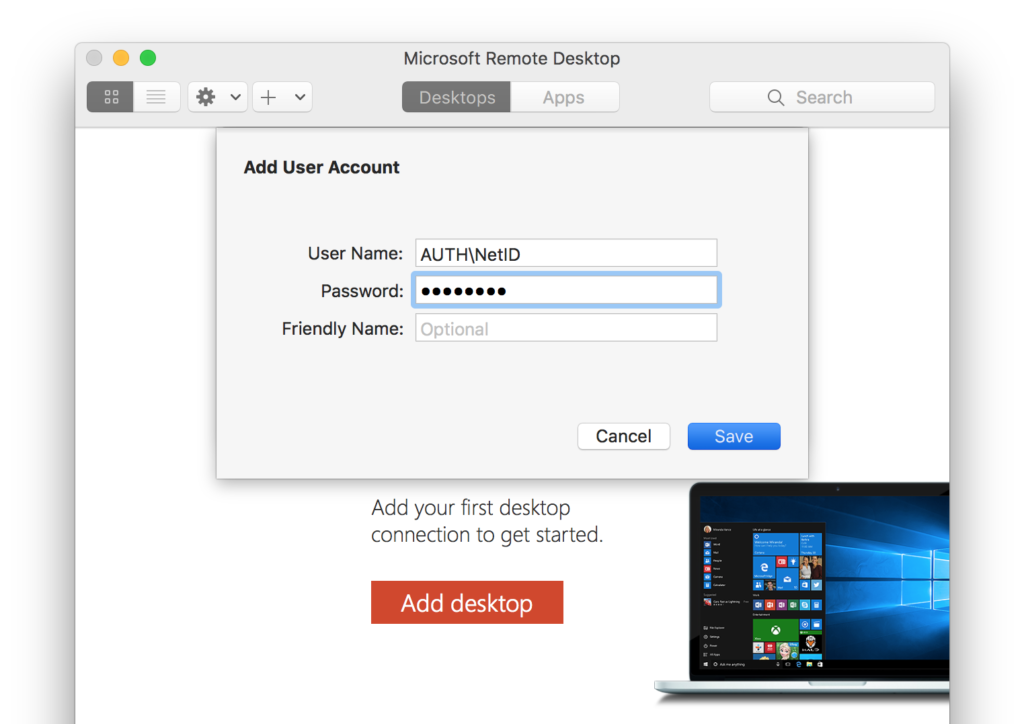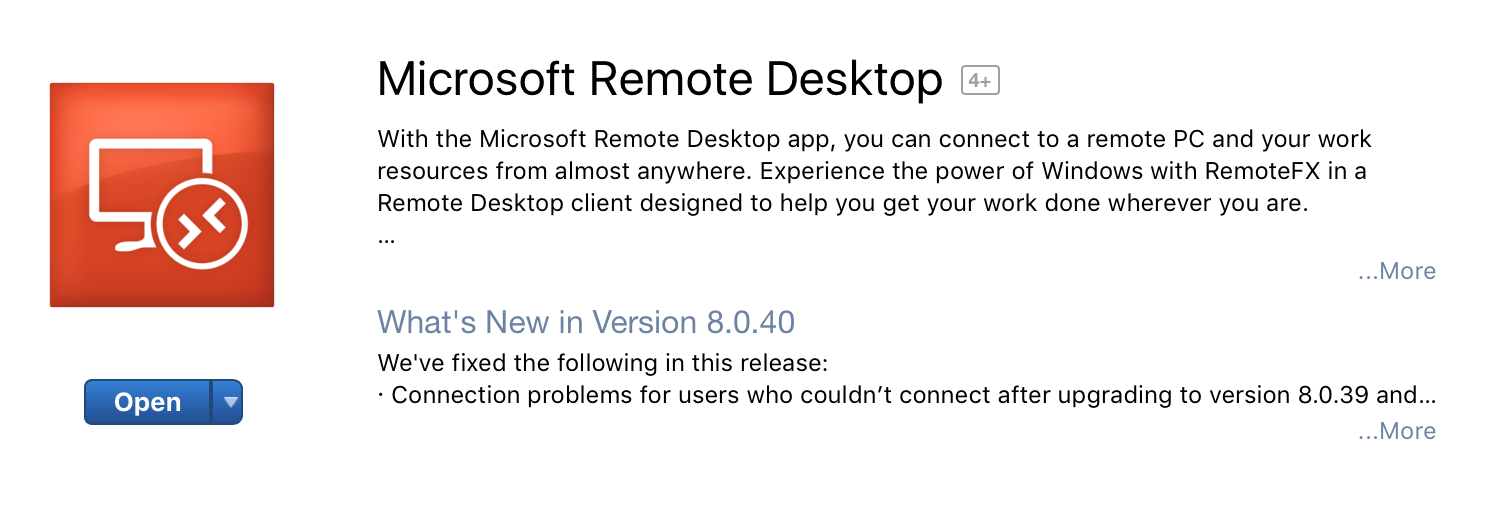

Here's a list of the Remote Desktop client apps and our documentation for connecting to Remote Desktop Services or remote PCs, where you can find download links, what's new, and learn how to install and use each client. If you want information on Azure Virtual Desktop instead, see Remote Desktop clients for Azure Virtual Desktop. You can also use most versions of the Remote Desktop client to also connect to Azure Virtual Desktop, as well as to Remote Desktop Services in Windows Server or to a remote PC. Some features are only available with certain clients, so it's important to check Compare the features of the Remote Desktop clients to understand the differences when connecting to Remote Desktop Services or remote PCs. Leave the apps open when you turn off the client.Access files and network resources on the remote PC.Device redirection, such as webcams, storage devices, and printers.Dynamic display resolutions and scaling.

There are many features you can use to enhance your remote experience, such as: Using your web browser on desktops and laptops, you can connect without having to download and install any software. There are clients available for many different types of devices on different platforms and form factors, such as desktops and laptops, tablets, smartphones, and through a web browser. The Microsoft Remote Desktop application in the Apple App Store.With Microsoft Remote Desktop clients, you can connect to Remote Desktop Services from Windows Server and remote PCs, and use and control desktops and apps that your admin has made available to you. As a desktop administrator, you can find it in the Apple App Store (Figure 1). The first step in the process is to download the Microsoft Remote Desktop client on the macOS device. Setup process for Windows Remote Desktop on macOS

This is possible because the applications are running on the Windows machine the Mac endpoint is accessing. Windows remote desktop on Mac is important in business use cases because it allows users to run Windows applications using their Mac. The most obvious benefit to doing this is that it enables users to work within a familiar environment, just as though they were directly accessing their computer at work.įor Apple desktop users that run macOS at home, Windows Remote Desktop provides another benefit. However, with the COVID-19 pandemic forcing many users to work from home, some workers rely on remote desktop clients to connect to their corporate desktop - or virtual desktop - from a different endpoint in their home. Some helpdesk technicians also rely heavily on Windows Remote Desktop because it allows them to remotely connect to a user's PC and assist the user with resolving the issue that prompted the helpdesk ticket.


 0 kommentar(er)
0 kommentar(er)
